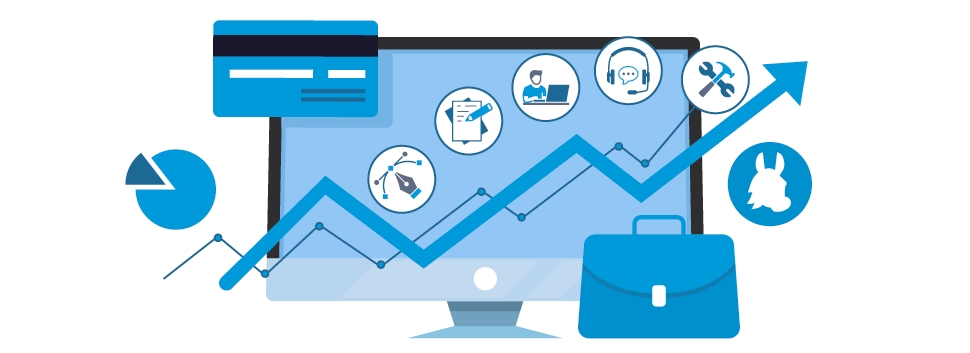Contracts for Difference (CFDs) have gained significant traction in the financial markets, offering traders a diverse range of opportunities alongside inherent risks. Understanding the dynamics of CFD trading is crucial for anyone looking to venture into this realm.
One of the primary attractions of cfds is their flexibility. Unlike traditional stock trading, CFDs allow traders to speculate on the price movements of various financial instruments without owning the underlying asset. This feature opens up a world of opportunities, enabling traders to capitalize on both rising and falling markets. Whether it’s stocks, indices, commodities, or currencies, CFDs provide access to a broad array of markets, allowing traders to diversify their portfolios efficiently.
Furthermore, CFD trading offers the advantage of flexible leverage. This means traders can amplify their exposure to the markets with a smaller initial capital outlay. While this can magnify profits, it’s essential to note that it also increases the potential for losses. Therefore, prudent risk management strategies are paramount when engaging in leveraged trading.
Another noteworthy aspect of CFDs is the ability to trade on margin. This allows traders to control a more substantial position size with a fraction of the total value, thereby maximizing capital efficiency. However, margin trading involves the risk of margin calls, where traders may be required to deposit additional funds to cover potential losses. Therefore, maintaining adequate margin levels is crucial to avoid unwanted liquidation of positions.
Despite the opportunities presented by CFD trading, it’s not without its challenges. Market volatility, for instance, can lead to rapid price fluctuations, exposing traders to increased risk. Moreover, the inherent leverage in CFDs amplifies both gains and losses, making them unsuitable for inexperienced traders who may not fully comprehend the associated risks.
Additionally, CFD trading platforms may vary in terms of functionality and reliability. Traders should conduct thorough research to select a reputable broker with a robust trading infrastructure and responsive customer support. It’s also essential to stay informed about market developments and utilize risk management tools such as stop-loss orders to mitigate potential losses.
In conclusion, CFDs offer a wide range of opportunities for traders to capitalize on the financial markets’ movements. With flexible leverage and access to diverse asset classes, CFDs provide a versatile trading environment. However, it’s imperative to approach CFD trading with caution, understanding the risks involved and implementing effective risk management strategies. By staying informed and disciplined, traders can navigate the challenges of CFD trading and potentially achieve their financial goals.



